JW Fishers said it will release its new magnetometer, Proton 5, in early 2018.The fifth generation magnetometer with many new features is a top performing, microprocessor driven, marine magnetometer detection system, the manufacturer said.
The system is fully digitized and displays the current five-digit measurement on a new easy to read six-inch LCD screen that is backlit for night operations. Up to 80 of the previous measurements are displayed graphically in a history plot on the screen. User friendly menus allow easy configuration of all operation settings.
System tuning is now possible directly from the control box. The new “auto tuning” feature greatly simplifies set-up when operating in different locations. This will allow the user to quickly tune the magnetometer without having to disassemble and manually configure the device.
With the optional altimeter, the towfish distance from the ocean bottom is displayed on the LCD screen.
Additionally, the towfish can be separated into two parts so that it easily fits into a watertight Pelican case for storage and transportation.
Every new Proton 5 has been fully factory and field tested and is almost ready to operate; all that is needed are two 12v batteries (car or marine type) for power and locally sourced fluid for the proton sensor. After cabling up the system, deploying the towfish, and turning on the power, an auto-tuning routine is entered via the display’s user interface menu system on the six-inch LCD screen. The routine selects the optimum system tuning for the area that you are operating in. After a few short minutes, once the tuning routine is complete, you will not need to re-tune unless you relocate the system to a different area. The system automatically enters the operating mode when the auto-tuning routine has completed. From here, you are ready to begin your search! Operators may enter the user interface menu system at any time to change settings for cycle time, sensitivity, detection alarm, history graph, and manual or automatic tuning.
The base system includes a 200-foot depth rated towfish, 150 feet of Kevlar reinforced tow cable, and a topside control box. Optional USB data output and Tracker 3 mapping software are available which allow the magnetometer readings to be displayed and stored on a laptop computer. Target position is displayed and recorded on the computer along with GPS coordinates. An optional Microsoft Surface tablet can be mounted in the control box lid which streamlines the system and eliminates the need for a separate laptop computer.



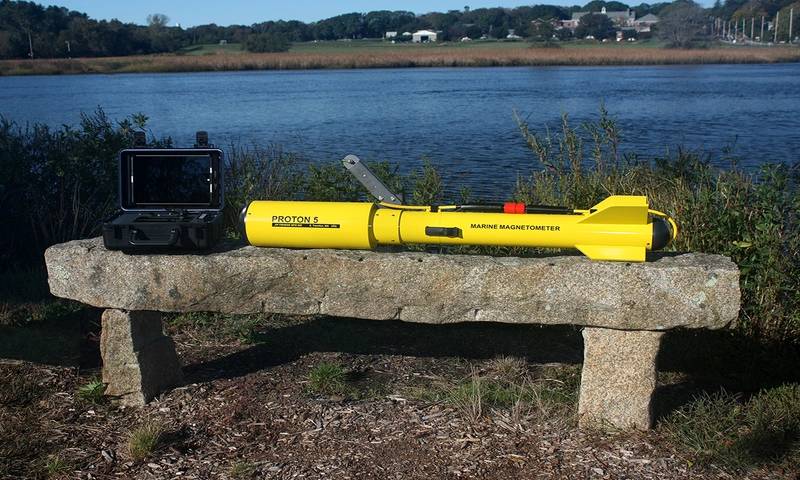
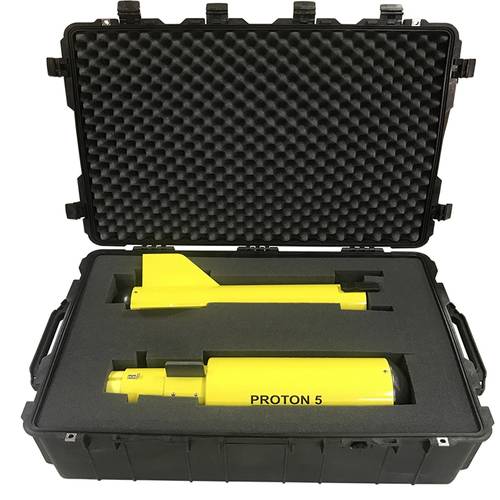
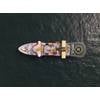
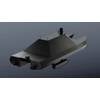
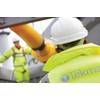
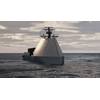





 December 2025
December 2025



